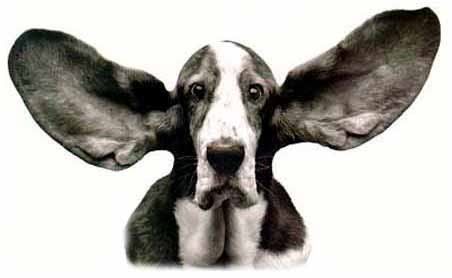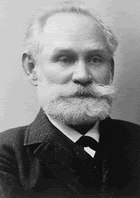Systematic desensitization (or counter conditioning) is a technique found under the classical conditioning structure and is most commonly used to diminish phobias and reactive or aberrant behaviors.
Canines, for example, might exhibit noise phobias associated with thunderstorms, fireworks, or garbage trucks and desensitization reduces (or eliminates) the reaction.

Basically desensitization
- changes the association with a disturbing stimulus (object, noise, subject), and
- starts beyond the reactive distance until close proximity (or escalated intensity) is accepted or tolerated.
For instance, noise phobia involving thunderstorms would involve recording and playing back the sounds of a thunderstorm and any other factors that might trigger a reaction (lightening, wind, rain) at a very low (non-reactive) level while it is paired with rewarding the relaxed behavior.
When dealing with noise phobic animals, you can actively teach an animal to rest in a location or on an object. (This is where trainers often get into operant training techniques.)
The animal is reinforced for the relaxed state through food reward.
Next, that food reward is delivered to the animal on a schedule (variable in seconds) during the moments the animal is in a relaxed state.
Then it would be delivered on a time schedule AND during the recorded thunder as it is presented at a very low level.
Over time, the thunder is associated with the treats delivered during the time when the animal is relaxed–and the association is changed.
At the end of the training program, the animal no longer reacts adversely to the noise phobia and is counter-conditioned or desensitized.
You can read a few of my posts on noise phobia here. But as an FYI…
A 2006 study looked at the relationship between the degree of lateralization and noise phobia in domestic dogs by scoring paw preference to hold a food object and relating it to reactivity to the sounds of thunderstorms and fireworks.
They found that dogs without a significant paw preference were significantly more reactive than the dogs with either a left-paw or right-paw preference.
Their theory was that intense reactivity is associated with a reduced cerebral lateralization.
The trial was a small sampling (less than 50 animals) and when investigating noise phobias (and aggression) cases, it is always good to get a blood panel done to check the thyroid and adrenal functions.
 Can you identify the man in the photo to the left?
Can you identify the man in the photo to the left?
